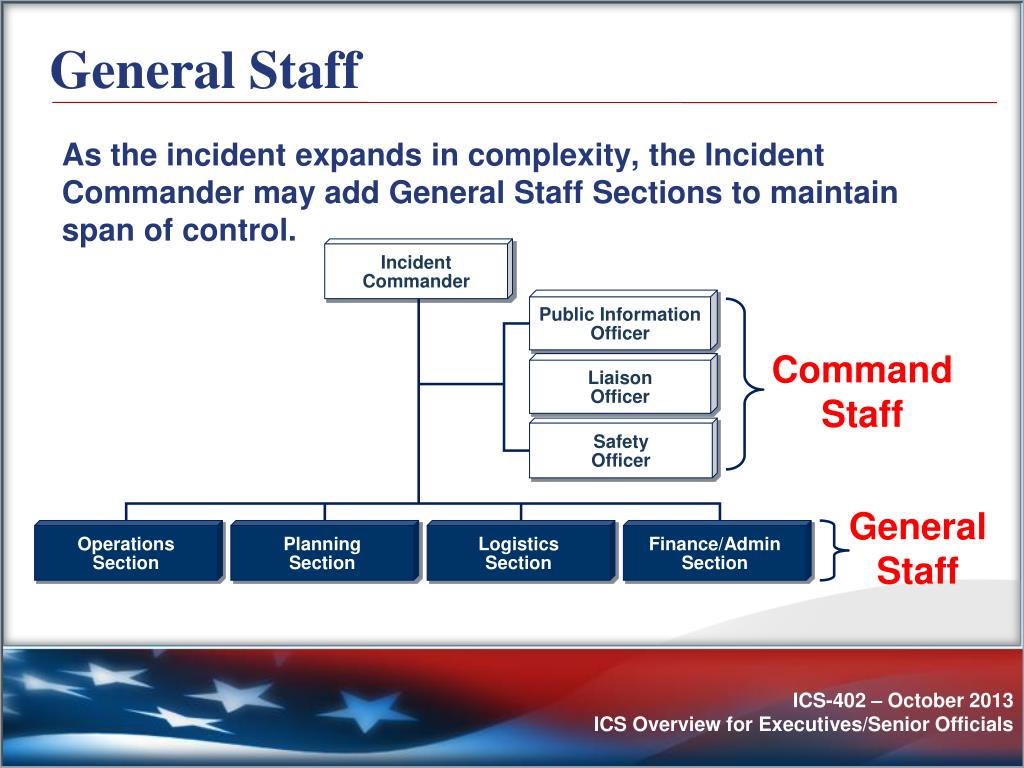
The safety officer ensures that regulatory compliance is maintained and develops measures to ensure the safety of all assigned personnel. In a business environment, the public relations representative will fill this role and should be less (or not at all) subordinate to the incident commander, as he or she would be under the government’s version. The information officer, or public information officer (PIO), is the news media or community contact for the event.

If the size of the emergency warrants the establishment of the following positions, assistants to the incident commander include an information officer, safety officer, and liaison officer.
IF THE INCIDENT COMMANDER DESIGNATES SOFTWARE
Software programs are available to aid in the management of the emergency in the field, but for these tools to work effectively, as we will point our later, they must be practiced and reside on systems that can withstand field conditions and the possibility of limited resources such as electrical power or extra batteries. The incident commander follows preexisting policy set by management and will use standard forms and checklists to ensure that all tasks are completed. Reliable communications between the EOC and incident commander are essential. Management’s role is in the Emergency Operations Center (EOC) to make strategic decisions based on the events or to allocate resources among multiple incidents, generally not at the scene of an incident. Management must delegate (ahead of time) to the incident commander the authority to make the tactical decisions necessary to stabilize or end the emergency without interference by those who would normally possess some degree of authority. When appropriate, it should be within view of the incident but away from noise or activity that may interfere with the command efforts.

It can be located in the field, at a vehicle, inside an office, or where reliable communications (electronic and verbal) and security (access control) can be maintained. Once established, the command post should not be moved unless the conditions of the emergency pose a threat. A command post is set up at a safe distance near the location of the emergency where the incident commander will manage the response. 4 The role of the incident commander is usually filled by the first responder to arrive at the scene, who is relieved of this duty when a more senior responder or a designated incident commander arrives. The incident commander determines objectives and establishes priorities based on the nature of the incident, available resources, and agency (or company) policy. A distinctive vest that contains the words “Incident Commander” is worn as identification. The incident commander has overall responsibility at the incident or event. Broder, Eugene Tucker, in Risk Analysis and the Security Survey (Fourth Edition), 2012 Incident Commander


 0 kommentar(er)
0 kommentar(er)
